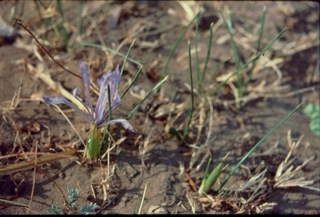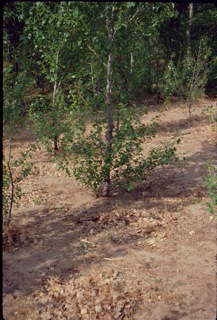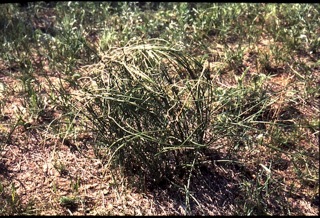SV: Iris tenuifolia
- Subject: SV: Iris tenuifolia
- From: L* H* <h*@privat.dk>
- Date: Fri, 4 Jun 2010 20:16:37 +0200
|
Thank you Jim, It is very useful information. Med venlig hilsen / Kind regards Lars Høpfner Langengen 38, Svogerslev 4000 Roskilde Denmark Fra:
iris-species@ Since Iris
tenuifolia was mentioned this week I asked Jim Waddick to dig out some slides
and make a few comments. The SeriesTenuifoliae of Iris are mostly
found in China with at least eight species native. The BIS recognizes eleven species, but
some of these are of doubtful relationship most notably I. anguifuga. Most are
native to dry steppe and
grasslands. Few of them are grown in cultivation. Although some have
"garden attraction", most are only of scientific
interest. species range
through Mongolia, Siberia and further east to Iran. I. tenuifolia dies to the
ground in winter and existing foliage is
sheared off by wind, snow and other weather conditions. Growth begins in April
and May as old leaves resume
growth. Flowers appear by May in N.E. China usually on sites with bare soil on
treeless plains. After bloom, the
leaves continue growth to up to two feet long in a wind blown snarl. Fruit is a
nearly rounded capsule under an
inch in size by late summer. is also
problematical. They need a northern continental climate in a dry prairie maybe
suited to Nebraska or North or South Dakota. ?
Watering might be tricky, too. Finally it has little in ornamental value, but
is a horticultural and taxonomic curiosity. wide spread and
perhaps culturally more tolerant species) and especially the smaller species
from E. China: I. kobayashi and I.
cathayensis. The
first 4 pix are by James W. Waddick. The last one by Zhao Yu Tang. leaves
are continuously growing and the dead frayed ends are the last of the previous
year's growth burned and frozen off
during winter. single
crown well protected from harsh winter cold. Roots are tough and fibrous. pale
lilac spot and thin green leaves directly in front of the tree trunk. Soil is a
wind blown loess with sand and fine gravel included. subtending
the flower are not enlarged or inflated like other tenuifoliate species. formed
at ground level at this time.
Jim Murrain 8871 NW Brostrom Rd Kansas City, Missouri 64152-2711 USA Zone 6b/5a
|
- References:
- Iris tenuifolia
- From: J* M* &*
- Iris tenuifolia
- Prev by Date: SV: I. lutescens
- Next by Date: SV: A tiny little iris from Balkan
- Previous by thread: Iris tenuifolia






